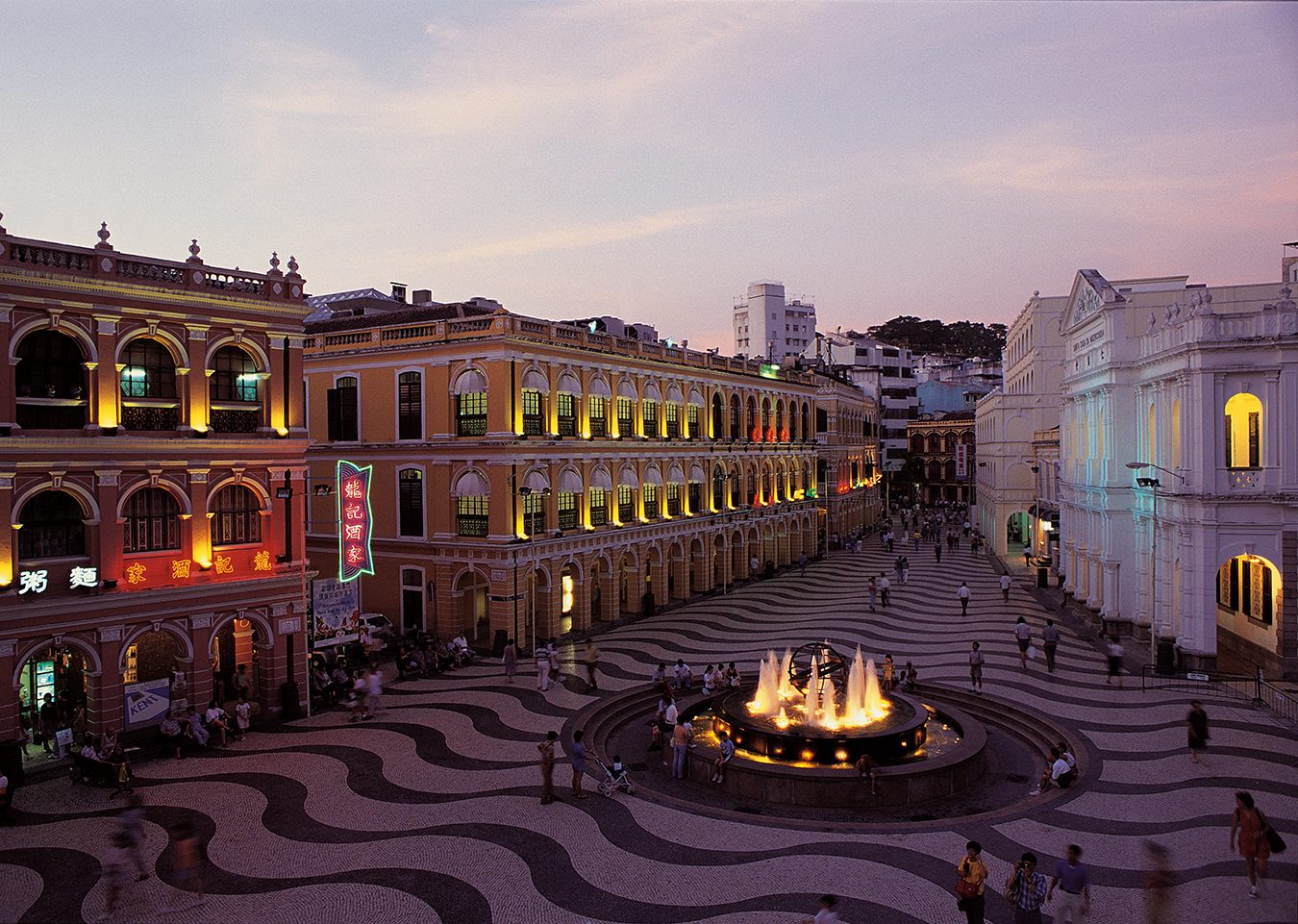5 Adventures on Newfoundland’s Irish Loop
Natural wonders.

Teeing off at The Wilds. Photo courtesy of Newfoundland-Labrador Tourism.
Located on Newfoundland’s Avalon Peninsula, the Irish Loop is a 312-kilometre drive that provides travel adventures for all tastes. Nature, history, and sporting opportunities abound along this route, and then there’s the incredible rugged beauty of the southern Newfoundland coast.
The loop takes its name from its long history of settlement by Irish immigrants. Some of the landscapes are reminiscent of their original island home, and when you speak to some of the locals, there’s a definite Irish-brogue sound, with a bit of its own flavour thrown in.
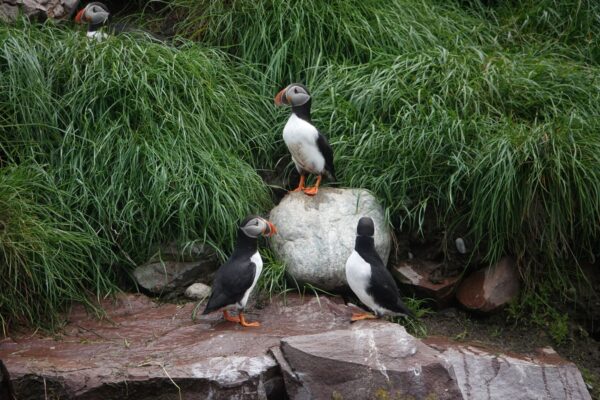
Puffins on an island in the Witless Bay Ecological Reserve. Photo by John Geary photo
Bay Bulls: Birds and whales
Driving south on Highway 10 out of Newfoundland’s capital city, St. John’s, the first stop is the village of Bay Bulls. That’s where the whale and bird tours launch.
A three-hour tour takes you to the Witless Bay Ecological Reserve. Four islands—Gull, Green, Great, and Pee Pee—play home to an abundance of seabirds during breeding season. North America’s largest Atlantic puffin colony is the highlight of the visit. While puffins are the bird often associated with Newfoundland and Labrador, you can also see common murres and black-legged kittiwakes.
Sailing to and from the islands, watch out for whales. If you’re lucky, you may spot some humpbacks rising to the surface—if you’re really lucky, you might see a mother and a youngster put on a show, swimming on their side with a flipper sticking out of the water.
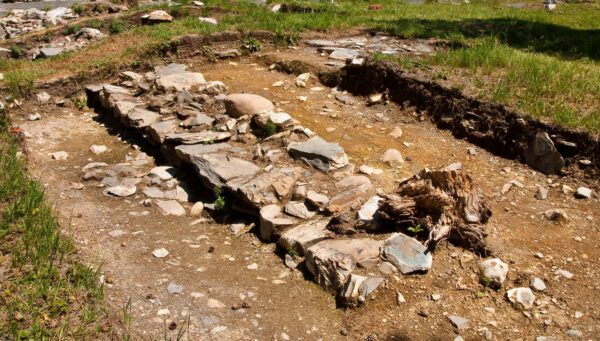
Cupids Cove Plantation site at Avalon. Photo by Dennis Minty, courtesy of Newfoundland-Labrador Tourism
Avalon Colony
Bird colonies give way to a former human colony 45 minutes south: the remnants of Avalon Colony, one of the best-preserved sites of an original English colony in North America. Sir George Calvert (Lord Baltimore) established it in 1621.
It’s still an active dig site, and the finds include several interesting historical anomalies, some showing that protestants and Roman Catholics prayed in the same church—in a community where a woman held much of the power. Visitors can get their hands dirty in half-day or full-day digging programs.
Those looking for a less active outing can take a VIP guided tour, which includes stops at the dig sites, a visit to the gardens, and stories in the 17th-century kitchen.
Into the Barrens
Heading south from the Avalon Colony, you leave the boreal forest and pass into the Maritime barrens, the southernmost subarctic tundra in the world. It is very flat and open, but its stark beauty is home to a variety of wildlife including eastern woodland caribou. While they don’t crowd along the highway like moose in Algonquin Provincial Park or elk in Banff, you may spot one or two roaming across the open tundra.
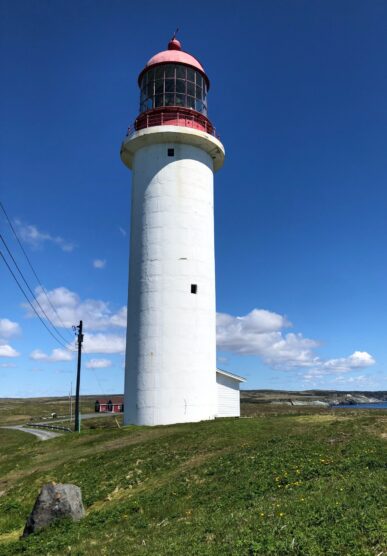
Cape Race lighthouse. Photo by John Geary
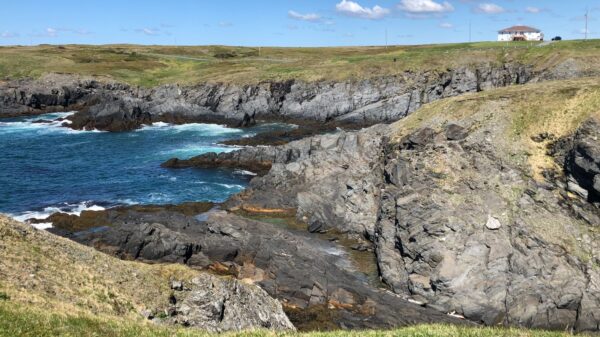
Cliffs below Cape Race lighthouse. Photo by John Geary
From Archaeology to Paleontology
South from there, you’ll want to stop at a more recent historic site: the Cape Race lighthouse. This national historical site is the last point of light seen by most ocean traffic sailing from North America to Europe—and the first seen by ships coming the other way.
It’s also the only station in North America that was in wireless contact with the Titanic when it struck the iceberg that sank it. The Marconi station there sent and received several messages, trying to coordinate rescue operations.
Fifteen minutes southwest of the lighthouse is the Mistaken Point Ecological Reserve, one of Newfoundland’s five UNESCO World Heritage sites. Register at the Edge of Avalon Interpretive Centre then start a six-kilometre (round-trip) guided hike that ends at the ocean—and mudstone and sandstone bedding planes containing fossils of the oldest complex life-forms found anywhere on the planet. They range in age from 580 to 560 million years old.
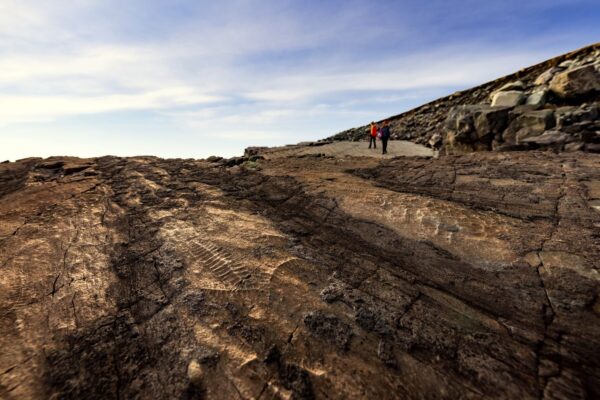
Fossils at Mistaken Point. Photo by Dru Kennedy, courtesy of Newfoundland-Labrador Tourism

Fore!
Heading west along the coast, the loop turns north onto Highway 90 near St. Vincent’s Beach, a good place for spotting whales from the shore. An hour later, you’re at The Wilds Resort, a top-rated par-72 golf course for any skill level, from duffer to single-digit handicapper. It also offers a nature trail, campfire facilities, a heated pool, and a cozy library between the restaurant and lounge. The resort also works as a base to try fishing for salmon on the nearby Salmonier River.
From the resort, it’s less than an hour’s drive to complete the loop back in St. John’s.




